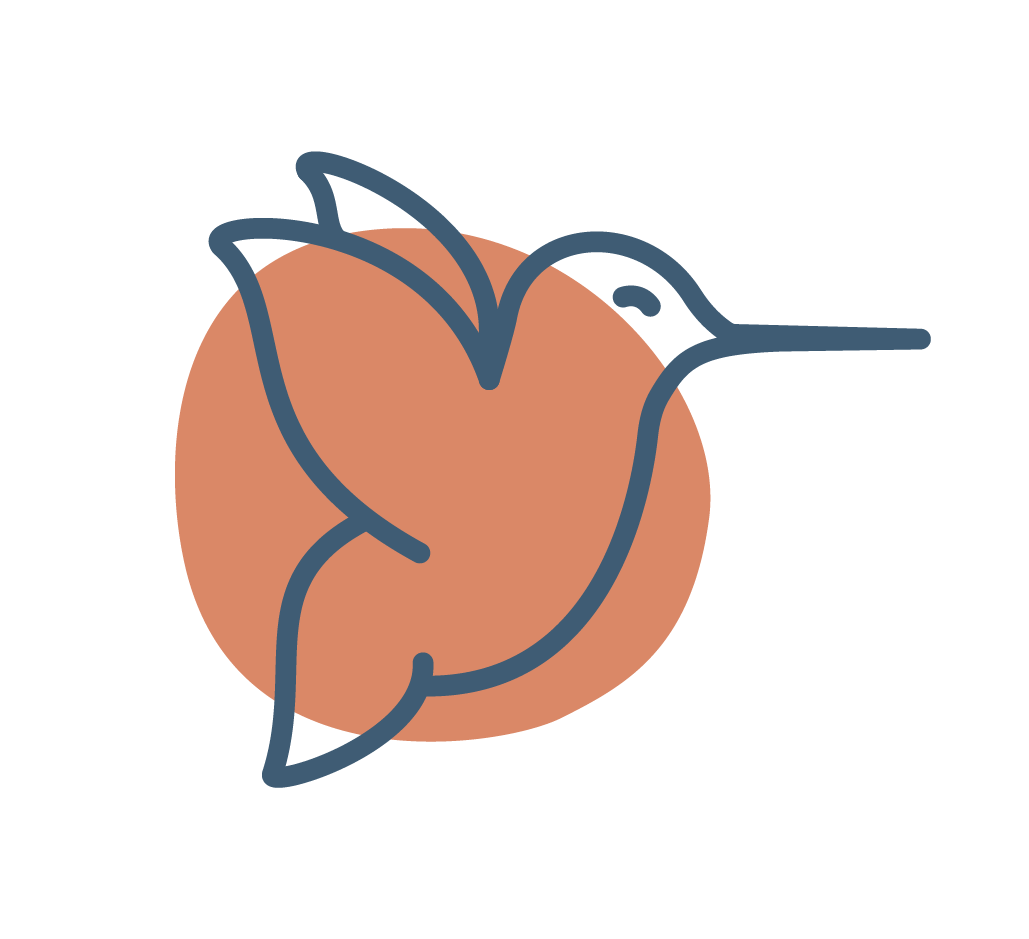Spooning Work Part 1
Practical Life is probably the most popular aspect of Montessori Early Childhood Education. This is the work that you see littering Instagram and the inspiration behind many activities on Toddler Shelves. In this series we’re going to dive into spooning, “The act of transferring by using a spoon, or spoon like utensil”.
Spooning work with funnel.
Benefits of Spooning (both direct and indirect)
Holding a utensil
Strengthens Hand
Encourages movement from Left to Right ( then will be need later for reading)
Crossing the midline(for children that are right handed)
Visual cues associated with vocabulary ( i.e. full, empty, halfway, partial)
Auditory stimulation and association (containers sound different as they become full or are emptied)
Strengthens understanding of sequencing ( to fill the empty container, you must take several spoonfuls of dry goods)
Black beans were added from some pouring work.
Pouring chia seeds into the bowl to begin again.
Funnel added for additional challenge.
Things to remember
Children who are mouthing (putting items in their mouths) should not be spooning an item that can be a choking hazard.
Only put out as much material as you feel comfortable cleaning up, remember you will be cleaning up a lot for toddlers. Model how to clean their work, but expect that their efforts to clean will still need you to clean up after them. Preschoolers are capable of cleaning their work if they have been given many opportunities to practice.
Place all the material the child will need on a tray or in a small bin they can carry independently.
Be prepared for a mess, that’s part of learning.
Switch out the material to keep them interested (dried corn during harvest, a variety of seeds during spring, colorful beads during the Summer, white rice during Winter.




